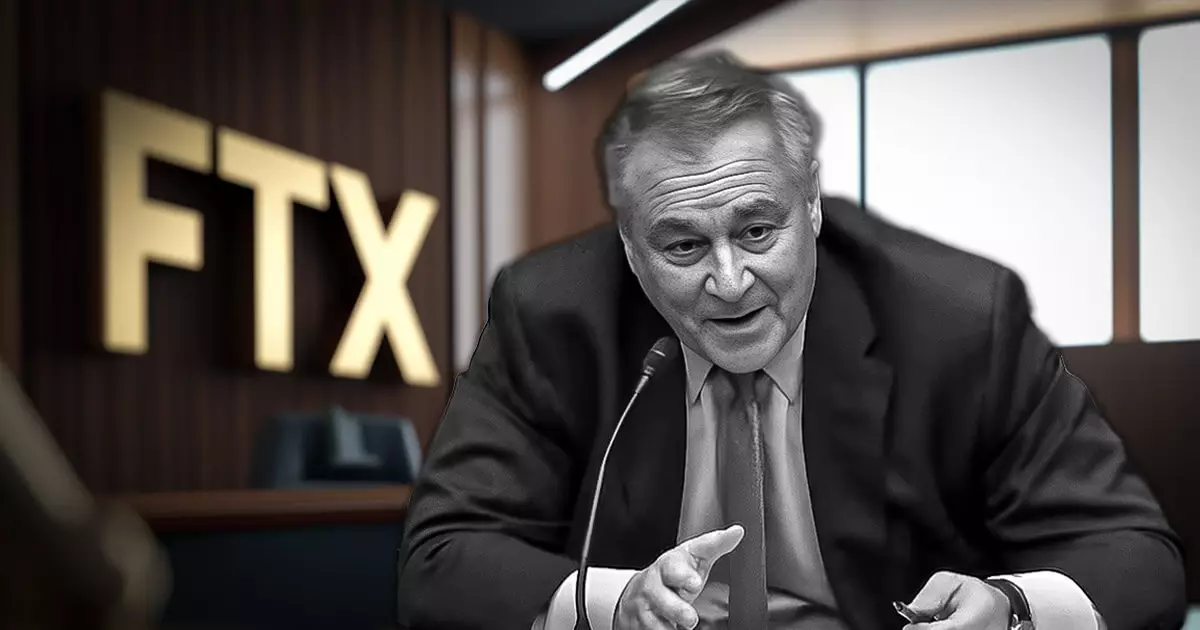In the aftermath of FTX’s catastrophic collapse in November 2022, following allegations of financial misconduct and mismanagement, the exchange has been laboriously navigating the complexities of bankruptcy proceedings. Under the ex-CEO Sam Bankman-Fried’s leadership, FTX morphed from a leading cryptocurrency exchange to a cautionary tale, resulting in significant consequences for investors and creditors alike. The current focus of the proceedings hinges on maximizing the recovery of lost assets and ensuring equitable compensations for affected parties. Central to this effort is the cooperation of former employees who possess vital insider knowledge about the operations and financial machinations at FTX.
Among the key figures in this convoluted saga is Nishad Singh, the former engineering director whose insider knowledge has emerged as a pivotal factor in the bankruptcy case. John J. Ray III, the current CEO tasked with overseeing the recovery efforts, has been vocal about the importance of Singh’s continued cooperation. In a recent filing with the U.S. District Court, Ray advocated for Singh’s freedom on the grounds that his insider expertise and technical capabilities would be instrumental in tracing down misallocated assets. Not only has Singh provided crucial documentation, but he has also assisted with physical recoveries, including significant properties purchased with FTX’s funds in the Bahamas.
Singh’s cooperation has been recognized as vital, not only for FTX’s creditors but for the ongoing legal engagements against former executives. Having already pleaded guilty to multiple charges related to the downfall of FTX, Singh’s willingness to provide substantive assistance has fortified the prosecution’s case against Bankman-Fried. The district attorney’s acknowledgment of Singh’s “substantial assistance” signifies that his contributions may influence the outcomes of various court proceedings and could enhance the likelihood of recovering a greater portion of the lost assets.
Future Implications and Considerations
As the legal team representing Singh pushes for the consideration of “time served” in light of his assistance, it underscores a broader ethical discourse regarding the role of insiders in corporate malfeasance. The judge, Lewis Kaplan, will weigh these arguments carefully as he deliberates on sentencing. The tension between punitive measures for wrongdoing and the need to facilitate asset recovery raises questions about how justice is balanced against practical outcomes in financially distressed scenarios.
Ultimately, the situation surrounding Nishad Singh and his cooperation with FTX’s legal recovery efforts epitomizes the intricate nexus of ethics, legality, and financial restitution that characterizes corporate bankruptcy proceedings. As FTX continues its fight to regain lost assets, Singh’s role highlights that cooperation can sometimes be a more potent tool for advancing justice than penitential measures alone. The outcomes, both for Singh and the broader creditor base, may redefine the landscape of accountability in corporate governance and set precedents for future cases involving financial misconduct.

